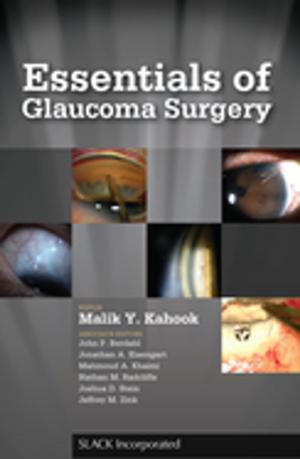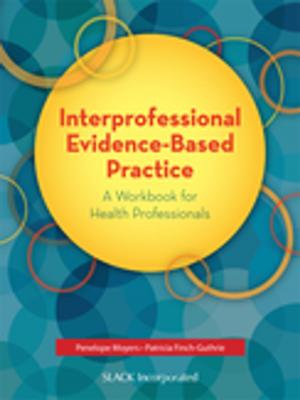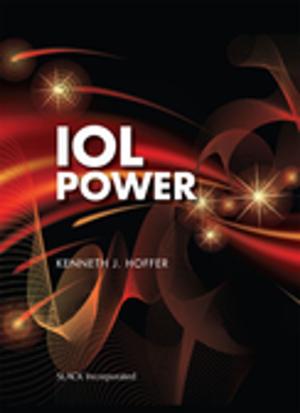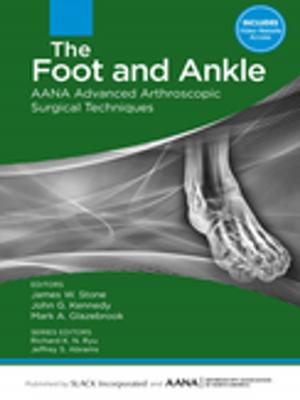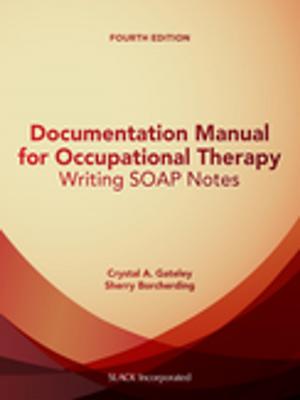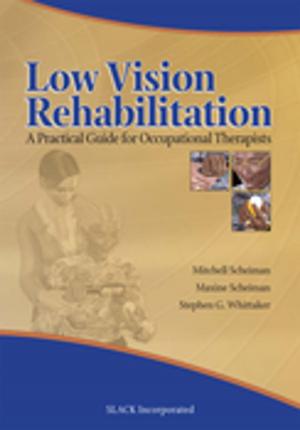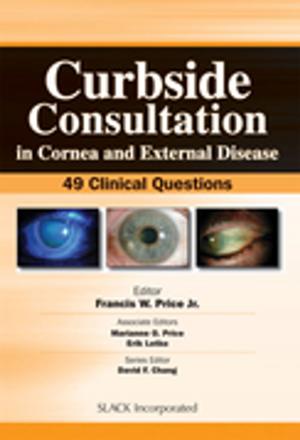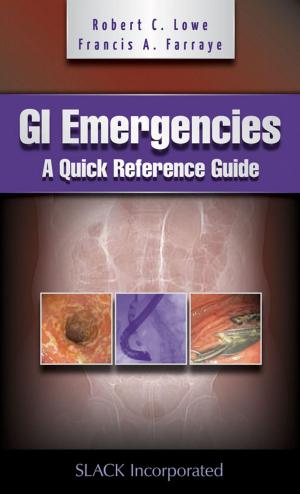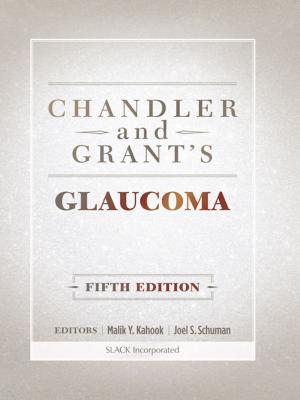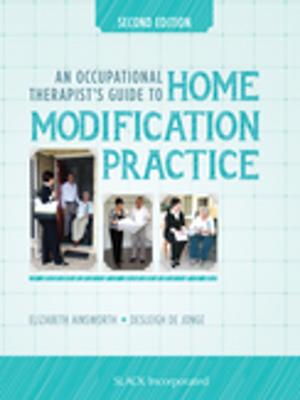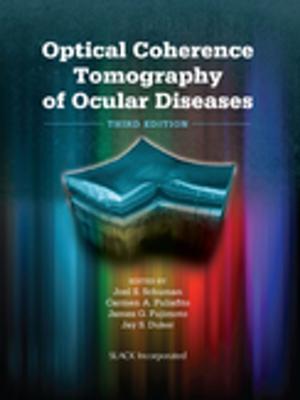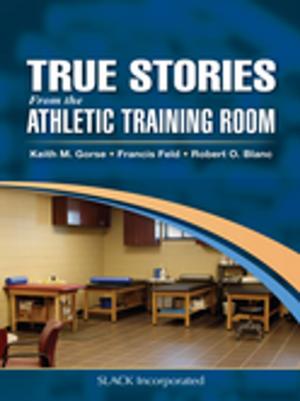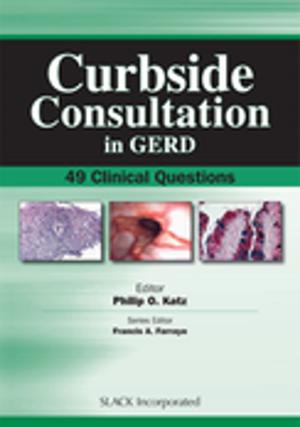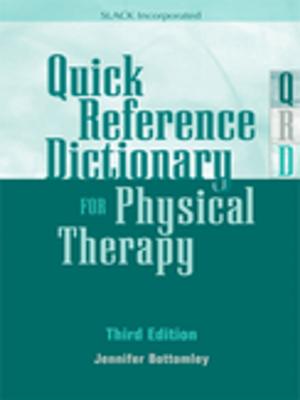Quick Reference Neuroscience for Rehabilitation Professionals
The Essential Neurologic Principles Underlying Rehabilitation Practice, Third Edition
Nonfiction, Health & Well Being, Medical, Allied Health Services, Occupational Therapy| Author: | ISBN: | 9781630911539 | |
| Publisher: | SLACK Incorporated | Publication: | August 15, 2016 |
| Imprint: | SLACK Incorporated | Language: | English |
| Author: | |
| ISBN: | 9781630911539 |
| Publisher: | SLACK Incorporated |
| Publication: | August 15, 2016 |
| Imprint: | SLACK Incorporated |
| Language: | English |
Quick Reference Neuroscience for Rehabilitation Professionals is a concise and quick reference for the practitioner and student who are learning or reviewing the most relevant neuroscience principles supporting rehabilitation therapy. The updated Third Edition continues to meet a need in the rehabilitation profession that has gone unfilled—the ability to break down neuroscience information into the essential principles that can be used to understand neurological conditions and the principles underlying rehabilitation evaluation and practice. Quick Reference Neuroscience for Rehabilitation Professionals, Third Edition provides a quick review of specific neuroscience concepts and principles that support rehabilitation interventions. In this era of information overload, this text rapidly and thoroughly provides condensed information in a user-friendly, easy-to-use format for readers to review and convey relevant information to patients. Dr. Sharon A. Gutman has organized the text into 3 parts: the first addresses neuroanatomy; the second addresses the function of neurological systems underlying physical, psychiatric, cognitive, and visual perceptual disorders; and the final section addresses clinical neuropathology related to aging, addiction, memory, and the neurological substrates of sex and gender. A specific section describes the common neurodiagnostic tests that therapists do not administer but must have knowledge of when results are discussed at treatment team meetings. Featured in the Third Edition: Information presented in a simple and organized bulleted format Large-scale color illustrations to easily visualize neuroanatomical structures and systems Text boxes to apply key neuroscience concepts to the understanding of common neurological disorders and treatment Quick Reference Neuroscience for Rehabilitation Professionals, Third Edition bridges a gap by quickly providing the rehabilitation professional with the most salient information needed to understand neurologic principles underlying rehabilitation practice.
Quick Reference Neuroscience for Rehabilitation Professionals is a concise and quick reference for the practitioner and student who are learning or reviewing the most relevant neuroscience principles supporting rehabilitation therapy. The updated Third Edition continues to meet a need in the rehabilitation profession that has gone unfilled—the ability to break down neuroscience information into the essential principles that can be used to understand neurological conditions and the principles underlying rehabilitation evaluation and practice. Quick Reference Neuroscience for Rehabilitation Professionals, Third Edition provides a quick review of specific neuroscience concepts and principles that support rehabilitation interventions. In this era of information overload, this text rapidly and thoroughly provides condensed information in a user-friendly, easy-to-use format for readers to review and convey relevant information to patients. Dr. Sharon A. Gutman has organized the text into 3 parts: the first addresses neuroanatomy; the second addresses the function of neurological systems underlying physical, psychiatric, cognitive, and visual perceptual disorders; and the final section addresses clinical neuropathology related to aging, addiction, memory, and the neurological substrates of sex and gender. A specific section describes the common neurodiagnostic tests that therapists do not administer but must have knowledge of when results are discussed at treatment team meetings. Featured in the Third Edition: Information presented in a simple and organized bulleted format Large-scale color illustrations to easily visualize neuroanatomical structures and systems Text boxes to apply key neuroscience concepts to the understanding of common neurological disorders and treatment Quick Reference Neuroscience for Rehabilitation Professionals, Third Edition bridges a gap by quickly providing the rehabilitation professional with the most salient information needed to understand neurologic principles underlying rehabilitation practice.

